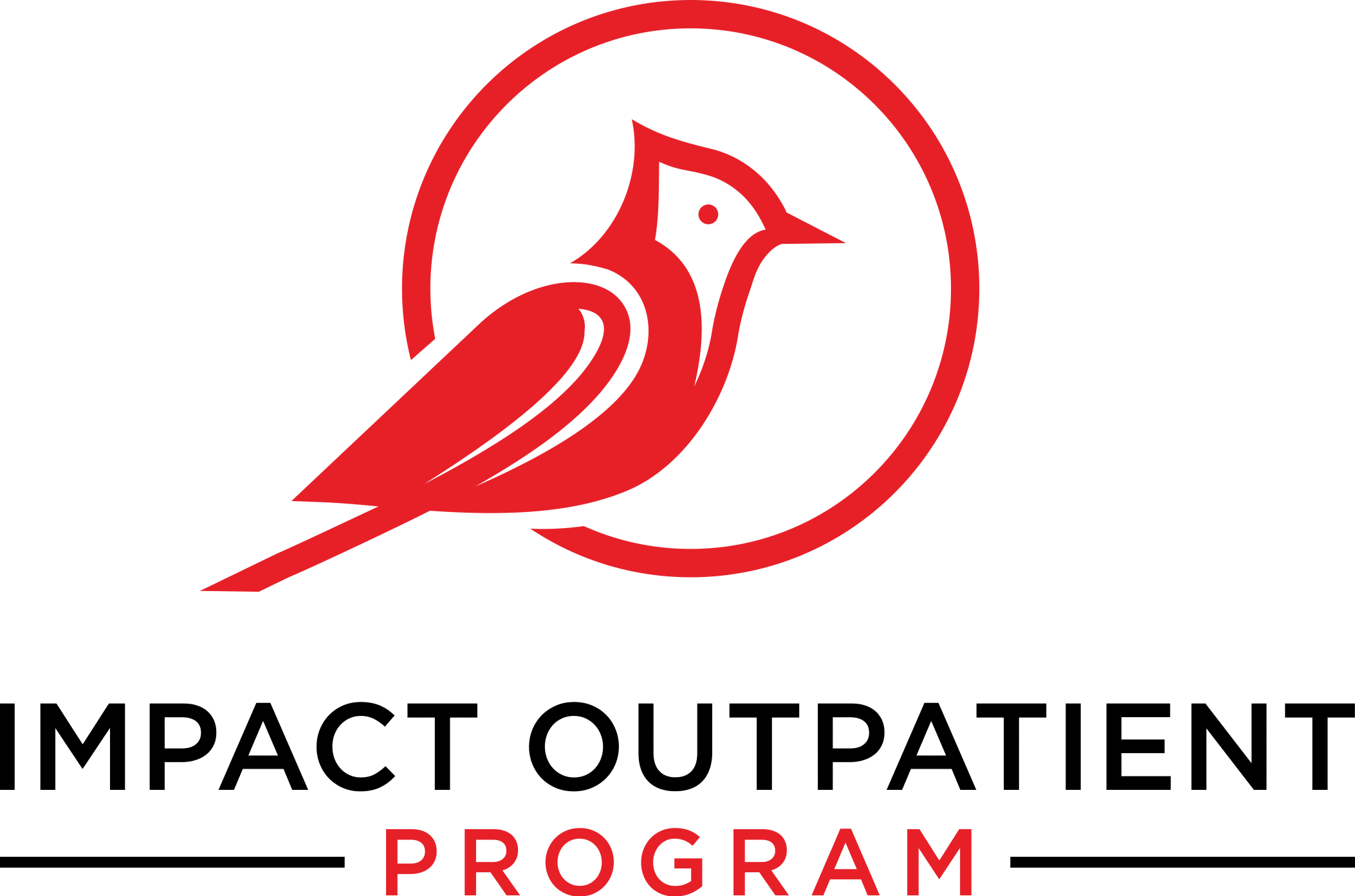A drug known as Xanax is used by many to treat anxiety. It takes the edge off without making them feel tired or drowsy like other anxiety medications that are heavy on anti-anxiety effects and light on anti-depression effects. Let’s take a look at the signs of Xanax addiction and when treatment is needed.
Xanax and Signs of a Xanax Addiction
How you feel when you take it and how well it works depends heavily on things like:
- How quickly it is absorbed into your bloodstream
- What route of administration do you use (e.g., IV, oral), and how that affects the speed at which it’s absorbed
- The age and size of your body
- Your liver function
- Other medications you take
- Whether or not you have food in your stomach, having food in your stomach can slow things down.
- Your height and weight
- How much you weigh at any given time
- Whether or not you are taking other anti-anxiety medications simultaneously, which activate the Cytochrome P450 liver enzymes to metabolize drugs. Those are important because Xanax is metabolized by these enzymes.
- The size of your dose
- Your age
- Your current tolerance (because of the above factors, you won’t experience the same effect if you take Xanax after not having had it for several weeks)
Together, these factors can determine whether or not you experience side effects when taking a given dosage.
How Much Time Does It Take To Reach The Bloodstream?
The average onset for Xanax is roughly 15-30 minutes when taken orally, but it can vary widely depending on the factors listed above. If you take a larger dose or split up your dosage into multiple smaller doses, the average time until the drug reaches your bloodstream drops to 10 minutes due to its effects being felt sooner and faster. Suppose you take it through your veins; the time until it reaches your bloodstream averages around 5 minutes.
Note that oral administration is more common because of its convenience and lower cost compared to injection.
However, if you are taking Xanax intravenously – especially with a large dose at one time – there are risks associated with this method of administration. The drug goes straight to your bloodstream, so you can expect effects much more quickly. But this speed also makes it so the drug “hits” you all at once, which can knock you down, potentially causing severe health issues or death if it causes respiratory depression in high enough doses because breathing will slow or stop altogether until the medication wears off.
Thus, this method of administration is highly dangerous and should be avoided if possible.
Signs That You May Need To Be Admitted to a Treatment Center for therapy
The last signs of Xanax addiction include those physical indications that you may have crossed the line from casual use to something more serious. This would lead to needing therapy to address the addiction.
These can include:
- Being unable to stop using it
- Unintentionally taking higher doses than prescribed
- Memory loss
- Extreme drowsiness
- Constipation
- Nausea
- Anxiety
- Depression
- Slow heart rate
- Anorexia (losing weight)
- Denial of the problem
Some signs may be caused by other health conditions or medications, but if you notice several of these signs for an extended period of time, it is important to find help as soon as possible.
In Conclusion
Note that most of these are not reversible, but addiction itself can be reversed because it is a state of being that changes your brain chemistry. Thus, the earlier you seek treatment, the better – even if you have been using Xanax for just a short while.
If other conditions or medications are causing these symptoms, your doctor should be able to help you get to the right treatment.

